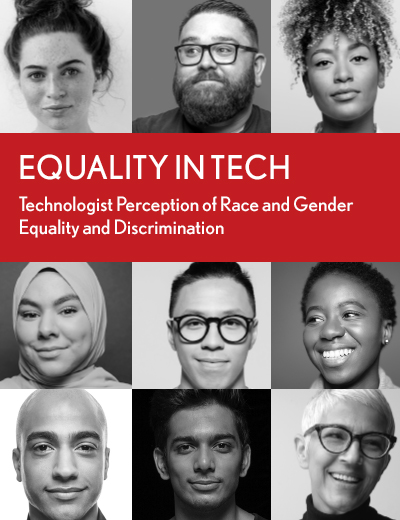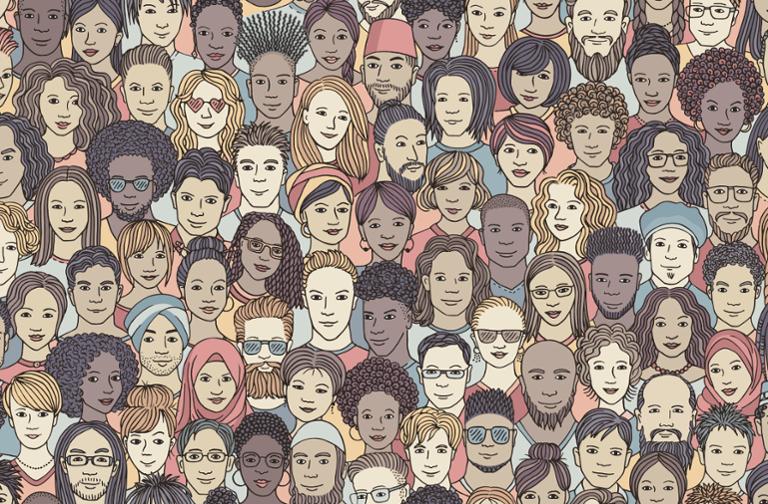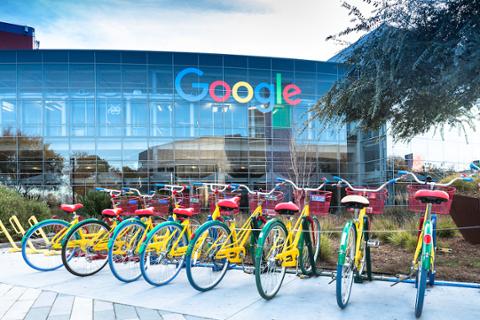As part of Dice’s new Equality in Tech Report, we asked more than 9,000 technologists about their overall career satisfaction, then broke out their responses by demographic groups. The technology industry still has quite a bit of work to do in order to promote diversity, equity and inclusion—particularly in the context of technologists’ career opportunities.
The Role of Race in Careers
White technologists were significantly more satisfied with their careers overall (at 69 percent) compared to their Hispanic/Latino(a) (66 percent), Black (61 percent), Asian/Pacific Islander (61 percent), and Asian Indian (58 percent) colleagues. Regardless of your perspective on the implication of that data, the fact remains that a gap exists in career satisfaction between White technologists and other racial groups.

The Equality in Tech Report
Access now. No contact information and form submission required for access.
In addition, White technologists were also significantly more satisfied than almost all other demographic groups with their current/most recent job, with the exception of Asian/Pacific Islander respondents, with whom they were even.
(Interesting side-note: All demographics were less satisfied with their current jobs than their overall careers.) Of all the groups, Black and Hispanic/Latino(a) technologists were notably dissatisfied (at 22 percent, respectively, which is at least four points higher than any other group.)
Black, White, and Hispanic/Latino(a) technologists generally felt better about their managers than their Asian/Pacific Islander and Asian Indian counterparts.
This high level of satisfaction with managers is key as companies push their diversity and inclusion efforts forward, as those managers will be the ones who ultimately implement plans on a team level; if there’s a high level of satisfaction (and, by implication, trust) between technologists and managers, those efforts are more likely to succeed.
With regard to retention, Black, Asian Indian, and Hispanic/Latino(a) technologists were all more likely to entertain the idea of shifting employers within the next year.
While 43 percent of White technologists said they had no intention of switching jobs during that period, fewer Asian/Pacific Islander (35 percent), Hispanic/Latino(a) (31 percent), Asian Indian (28 percent), and Black (27 percent) technologists said the same.
Among those technologists inclined to switch employers, the key reason is clear: higher pay.
Eighty-one percent of Asian Indian technologists, 77 percent of Asian/Pacific Islander technologists, 74 percent of Hispanic/Latino(a) technologists, and 72 percent of Black technologists all said they were willing to change jobs in pursuit of a bigger paycheck, far outpacing the 61 percent of White technologists also citing that reason.
However, far more White technologists (26 percent) planned on changing companies because they anticipated losing their current job, compared to all other technologists. Negligible percentages from all groups planned on leaving the technology industry altogether, which is possibly a good sign—despite the challenges and problems facing tech, more than 95 percent of technologists seem inclined to remain in the larger industry.
How Careers Differ by Gender
Overall, technologist respondents who identified as women were less satisfied with their careers (63 percent) than their counterparts who identified as men (67 percent). Thirteen percent of women reported active dissatisfaction with their career, as compared to 11 percent of men.
This gap also persisted when it came to technologists’ current roles.
Some 53 percent of technologists who identified as women said they were satisfied with their current job, compared to 56 percent of men. Meanwhile, some 20 percent of women reported feeling dissatisfied, versus 18 percent of men. While these discrepancies are not necessarily large, the consistent gaps across all areas of career-related satisfaction could tell a more holistic story about the perception of inequality for technologists who identify as women.
Ensuring career and occupation satisfaction can hinge massively on reporting relationships, and a disengaged manager can have incredibly negative effects. According to one Gallup report, one in two employees have left a job to get away from a manager and improve their overall well-being. That same report highlights that managers account for a shocking 70 percent of the variance in employee engagement scores. Thus, while a bad manager can undo any good work an organization has done to increase the possibility of retention, a good manager can be an incredibly valuable asset in keeping employees on board.
Fortunately, 60 percent of technologists identifying as women and 62 percent of technologists identifying as men reported being satisfied with their current management, versus 21 percent of technologists identifying as women and 19 percent of technologists identifying as men who were dissatisfied in some way.
Given the economic uncertainty unleashed by COVID-19, it’s perhaps unsurprising that 35 percent of technologists identifying as women said they’re unlikely to change employers within the next year, despite relatively significant rates of dissatisfaction over their current jobs and careers (as well as issues around workloads and burnout).
Thirty-one percent of technologists identifying as women said they’d attempt to find a new position at a new company, while 32 percent weren’t sure.
Technologists identifying as men reported similar sentiments, with 40 percent saying they planned on staying in their current roles, versus 30 percent who said they’re likely to switch to a new job within the next year. Twenty-nine percent were unsure.
Although men and women loosely aligned on whether to stay in their current positions, they differed more radically on their reasons behind staying or going.
Two-thirds of technologists who are likely to change employers this year would switch jobs for better compensation, but more technologists identifying as women would do so for better working conditions (37 percent of technologists identifying as women, versus 35 percent of technologists identifying as men), because they wanted more opportunities to express their creativity (24 percent of technologists identifying as women, compared to 21 percent of technologists identifying as men), and because a new role might align more closely with their personal values (32 percent of technologists identifying as women, only 26 percent of technologists identifying as men).
Ultimately, only three percent of technologists identifying as women stated that they want to leave the technology industry altogether, which is an encouraging sign that many still have faith in the capacity for change. That technologists identifying as women are more likely than technologists identifying as men to seek a new employer that more closely aligns with their personal values is something that all organizations should pay attention to. Emphasizing diversity and inclusion (with concrete policies for achieving both), along with a strong focus on mission, vision and values (including how leaders and employees live into these principles on a daily basis), are ways to draw technologist talent who might not be experiencing that type of environment or support at their current organizations.
Read Dice’s new Equality in Tech Report for more insights into diversity, equality and inclusion in the technology world, including how it impacts vital areas such as compensation. Help us keep this important conversation top-of-mind by sharing the report with your friends, family and network —the report is not gated and is publicly accessible.

Equality in Tech Report
Access now. No contact information and form submission required for access.



